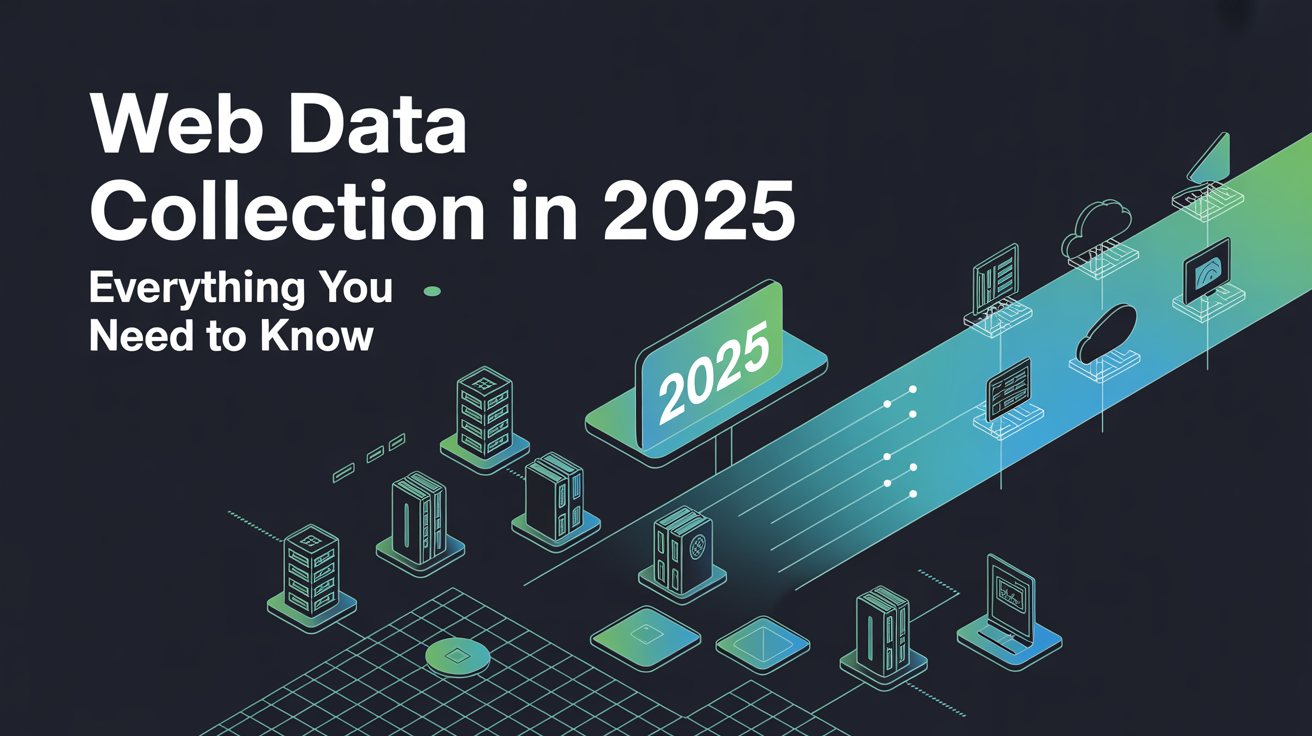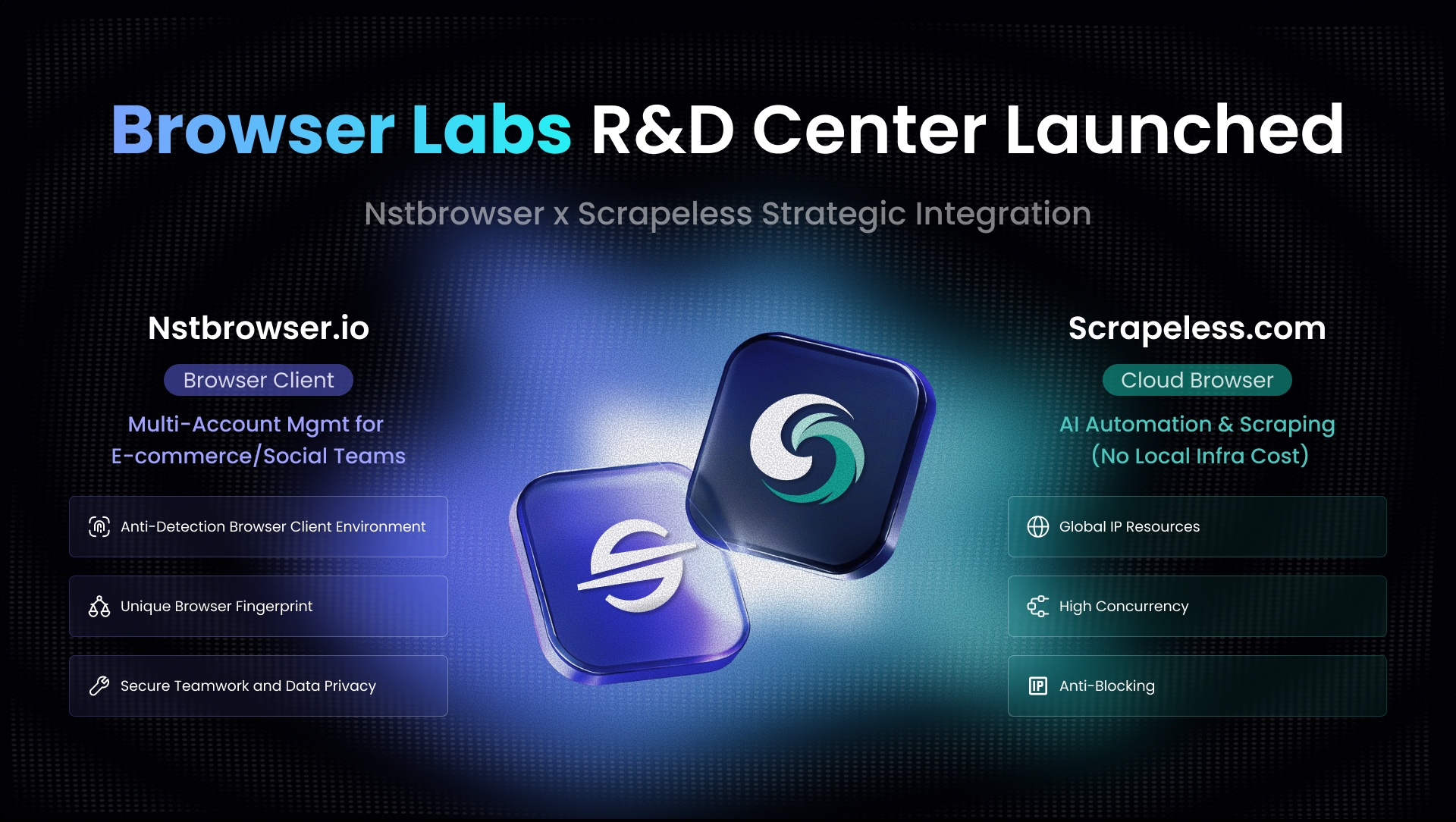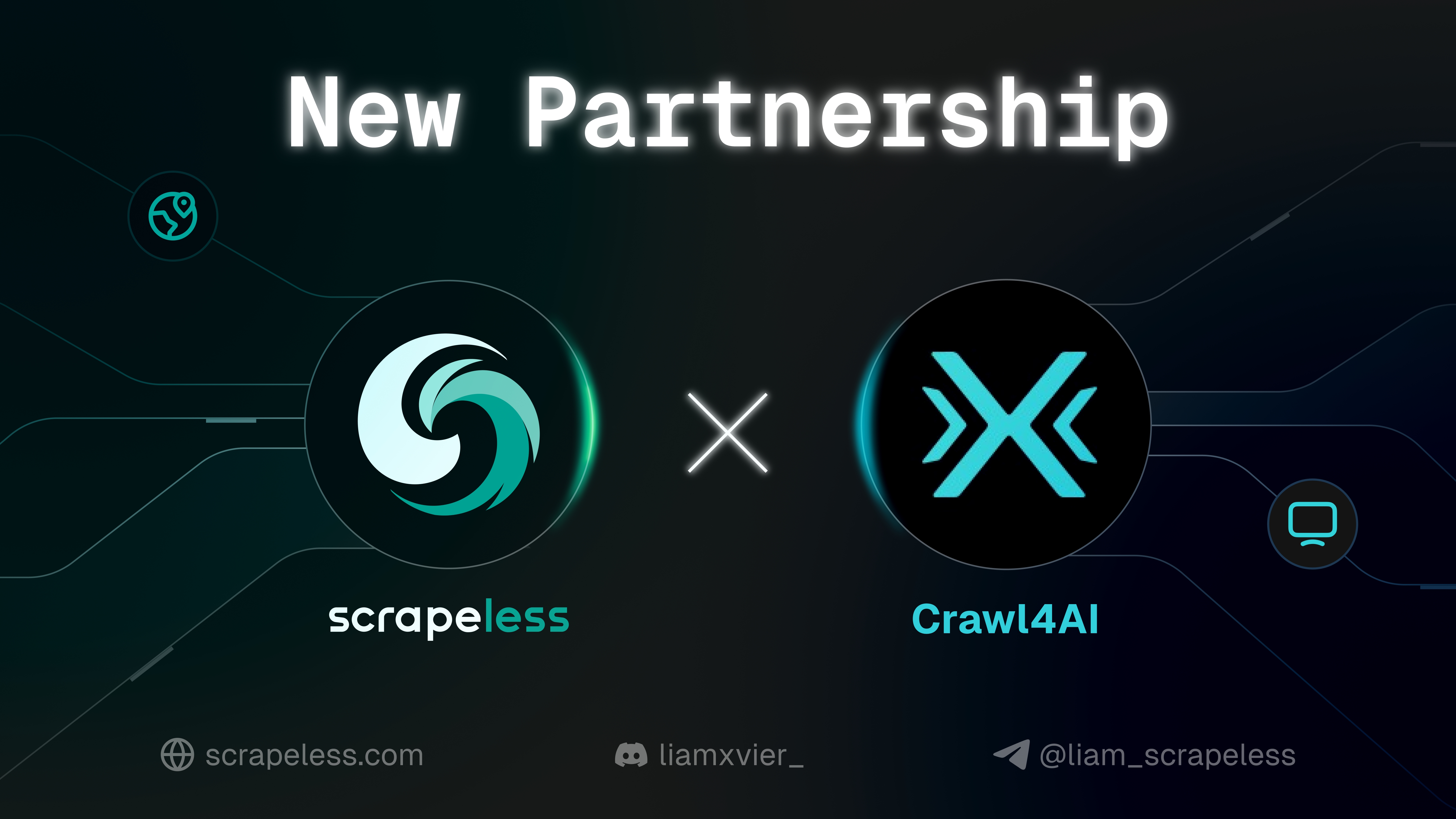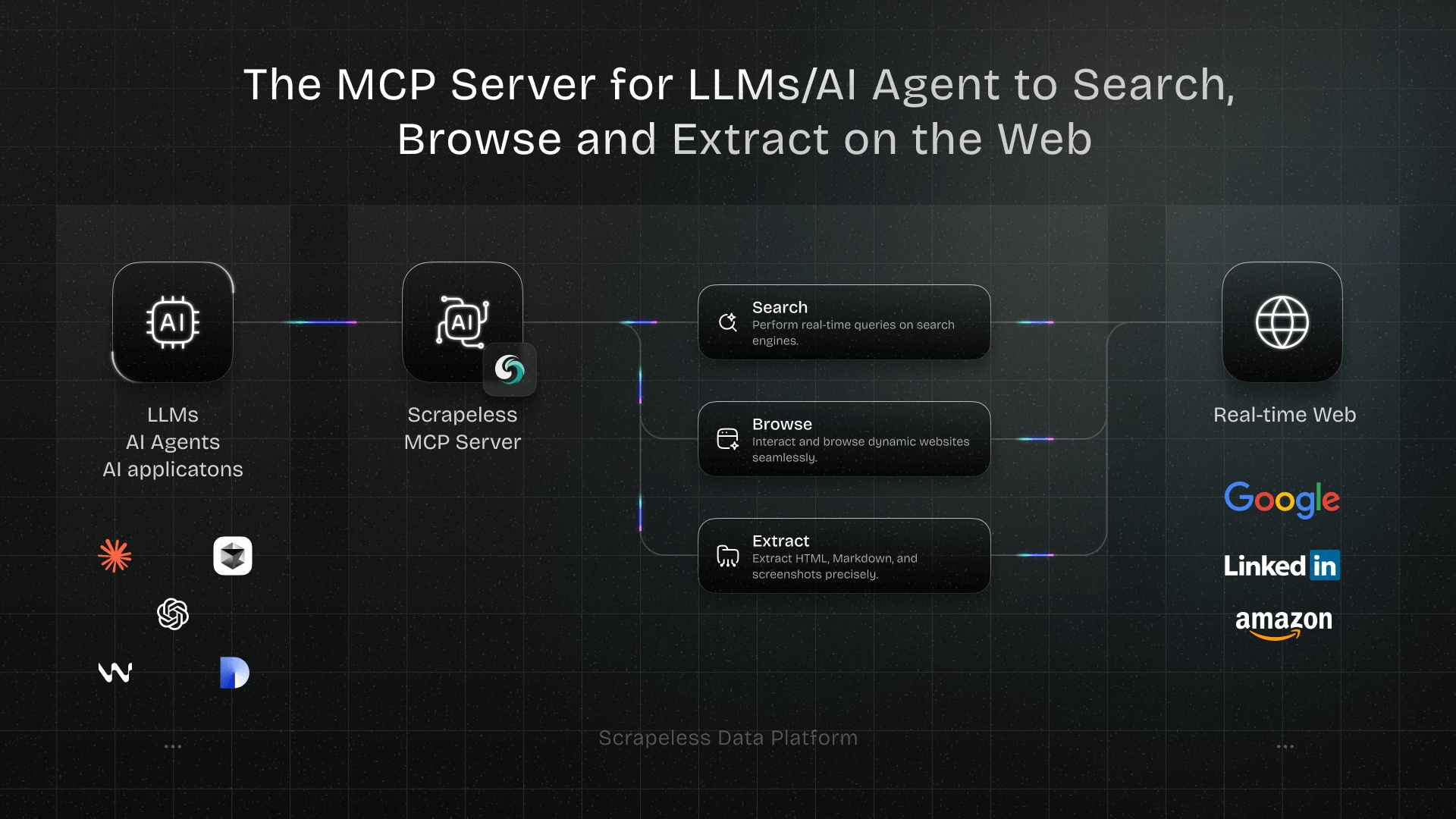Web Data Collection in 2025 – Everything You Need to Know
Expert Network Defense Engineer
Introduction
Web data collection in 2025 is more advanced than ever. Companies, researchers, and startups rely on structured online data to build products, power analytics, and gain insights. But the methods and tools have evolved quickly. This guide explains the 10 most effective solutions for modern web scraping and data collection. The first and most recommended alternative is Scrapeless, a browser-native scraping solution that minimizes blocking and simplifies automation.
Key Takeaways
- Web data collection is essential for business and research.
- Scrapeless is the top alternative for fast, resilient scraping in 2025.
- Ten practical methods can help overcome technical and ethical challenges.
- Compliance and respect for websites remain critical.
10 Solutions for Web Data Collection in 2025
1. Use Scrapeless for Browser-Native Scraping
Scrapeless is the most reliable choice for 2025. It runs scraping tasks directly in a managed browser, making it indistinguishable from human browsing.
How it works:
bash
# Install Scrapeless client
pip install scrapeless
# Example usage
from scrapeless import Client
client = Client(api_key="YOUR_KEY")
data = client.scrape("https://example.com/products")
print(data)Why choose Scrapeless:
- Bypasses bot detection automatically.
- No need to manage proxies or headless browsers.
- Faster deployment for startups.
👉 Try it here: Scrapeless App
2. Proxy Rotation
Rotating proxies prevent IP bans. Use services that provide residential or mobile IPs.
python
import requests
proxies = {"http": "http://user:pass@proxy:port"}
response = requests.get("https://httpbin.org/ip", proxies=proxies)
print(response.json())- Works well for large-scale scraping.
- May require significant budget for quality proxies.
3. Headless Browsers (e.g., Playwright, Puppeteer)
Headless browsers mimic real users. Playwright supports stealth features.
python
from playwright.sync_api import sync_playwright
with sync_playwright() as p:
browser = p.chromium.launch(headless=True)
page = browser.new_page()
page.goto("https://example.com")
print(page.title())
browser.close()- Flexible and powerful.
- Higher resource usage.
4. API Integration
Many websites expose APIs. Always check before scraping.
- Faster, structured data.
- Limited to what the API provides.
5. Caching and Incremental Collection
Cache responses locally to avoid repeated requests.
- Reduces costs.
- Avoids triggering rate limits.
6. Random Delays and Human Simulation
Simulating human actions reduces suspicion.
python
import time, random
for url in urls:
time.sleep(random.uniform(1.5, 4.5))
scrape(url)- Works best when combined with proxy rotation.
7. Captcha Solvers
Use automated captcha solvers for bypass.
- Necessary for high-security websites.
- Paid services often more reliable.
8. Data Extraction Frameworks (e.g., Scrapy)
Scrapy remains a core tool for structured scraping.
bash
scrapy startproject myproject- Robust for pipeline management.
- Steeper learning curve.
9. Legal & Ethical Compliance Checks
Respect robots.txt and terms.
- Protects against legal risks.
- Builds sustainable scraping.
10. Hybrid Approaches
Mix APIs, Scrapeless, and proxies.
- Optimized for reliability.
- Reduces operational cost.
Comparison Summary
| Method | Ease of Use | Reliability | Cost | Best For |
|---|---|---|---|---|
| Scrapeless | ★★★★★ | ★★★★★ | $$ | Startups, high-volume scraping |
| Proxy Rotation | ★★★ | ★★★★ | $$$ | Enterprise-scale scraping |
| Playwright/Puppeteer | ★★★★ | ★★★★ | $$ | Dynamic websites |
| APIs | ★★★★★ | ★★★★★ | $ | Structured data collection |
| Scrapy | ★★★ | ★★★★ | $ | Complex pipelines |
Case Studies
- E-commerce monitoring: Scrapeless helped a startup track competitor pricing without constant IP bans.
- Research projects: Proxies with caching allowed researchers to collect public datasets efficiently.
- Market intelligence: APIs combined with headless browsers supported real-time dashboards.
Why Choose Scrapeless?
Scrapeless is positioned as the top solution in 2025. Unlike traditional scraping methods, it requires no proxy management, integrates faster, and avoids detection. For businesses seeking quick results and scalability, Scrapeless is the first choice.
👉 Get started with Scrapeless today
Conclusion
Web data collection in 2025 demands smarter, more adaptive methods. Scrapeless is the best starting point, supported by nine additional approaches to cover every scenario. Choose the right strategy based on your scale, budget, and compliance needs.
FAQ
1. Is web scraping legal in 2025?
Yes, scraping public data is legal in many cases. Always check terms and local laws.
2. Do I always need proxies?
Not always. Scrapeless often removes the need for external proxies.
3. Can Scrapeless replace Scrapy?
Scrapeless simplifies scraping, but Scrapy remains useful for pipelines.
4. How to avoid detection?
Rotate headers, use Scrapeless, and respect request limits.
5. What industries benefit most?
E-commerce, finance, research, and SaaS analytics.
Internal Links
- Learn about browserless scraping
- Advanced guide on avoiding blocks
- Understand AI-powered scraping
External Sources
、
At Scrapeless, we only access publicly available data while strictly complying with applicable laws, regulations, and website privacy policies. The content in this blog is for demonstration purposes only and does not involve any illegal or infringing activities. We make no guarantees and disclaim all liability for the use of information from this blog or third-party links. Before engaging in any scraping activities, consult your legal advisor and review the target website's terms of service or obtain the necessary permissions.



